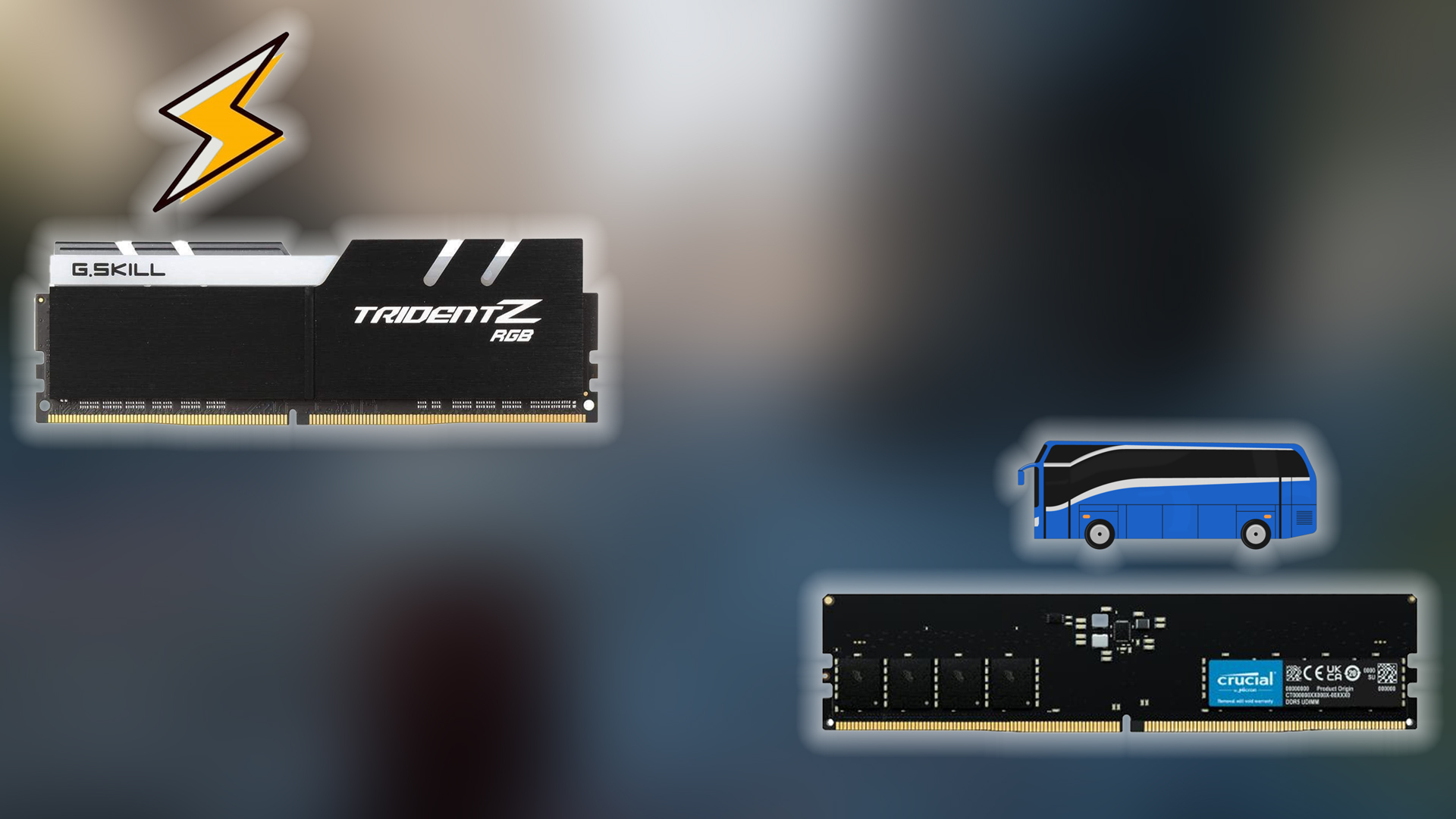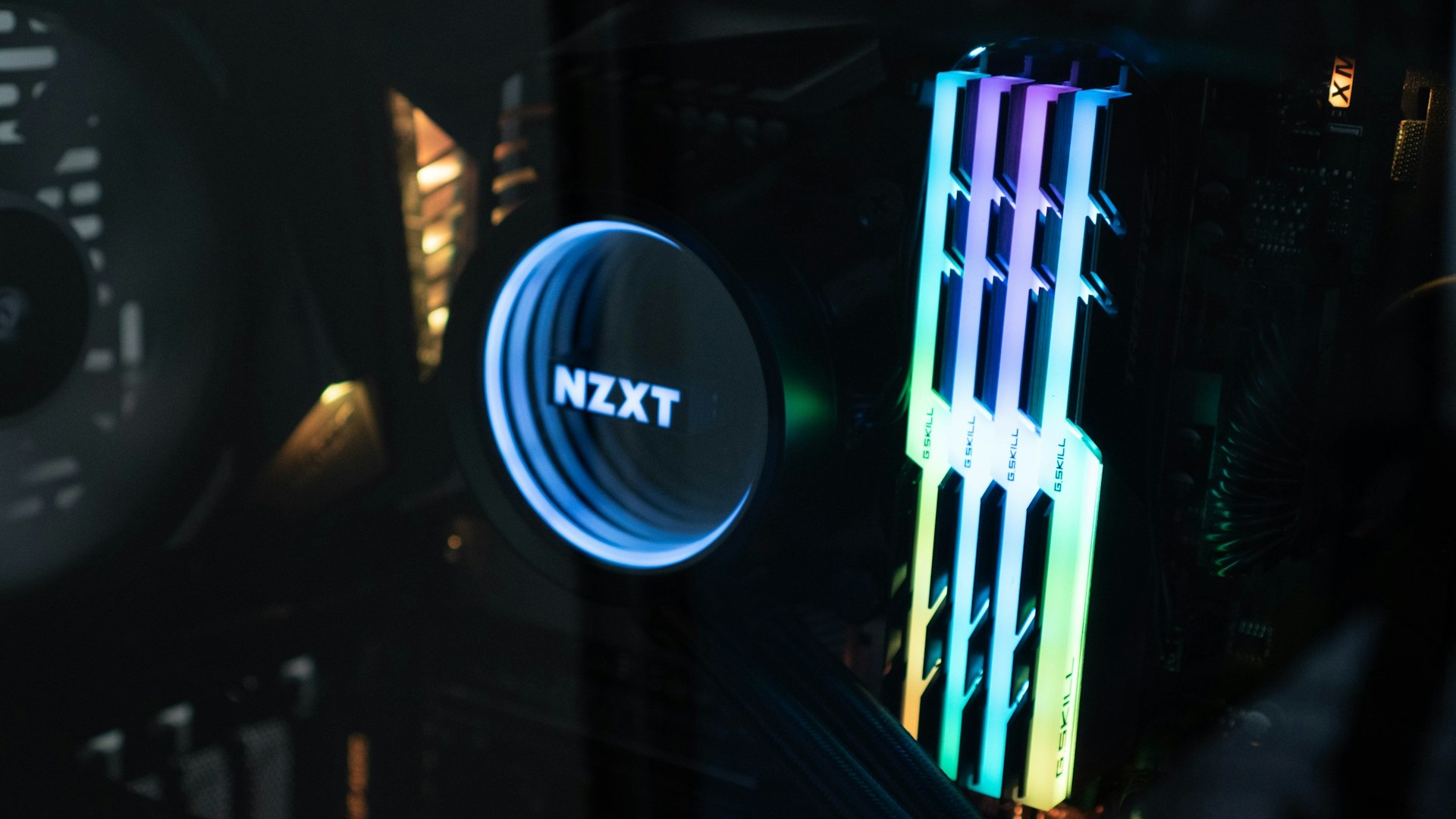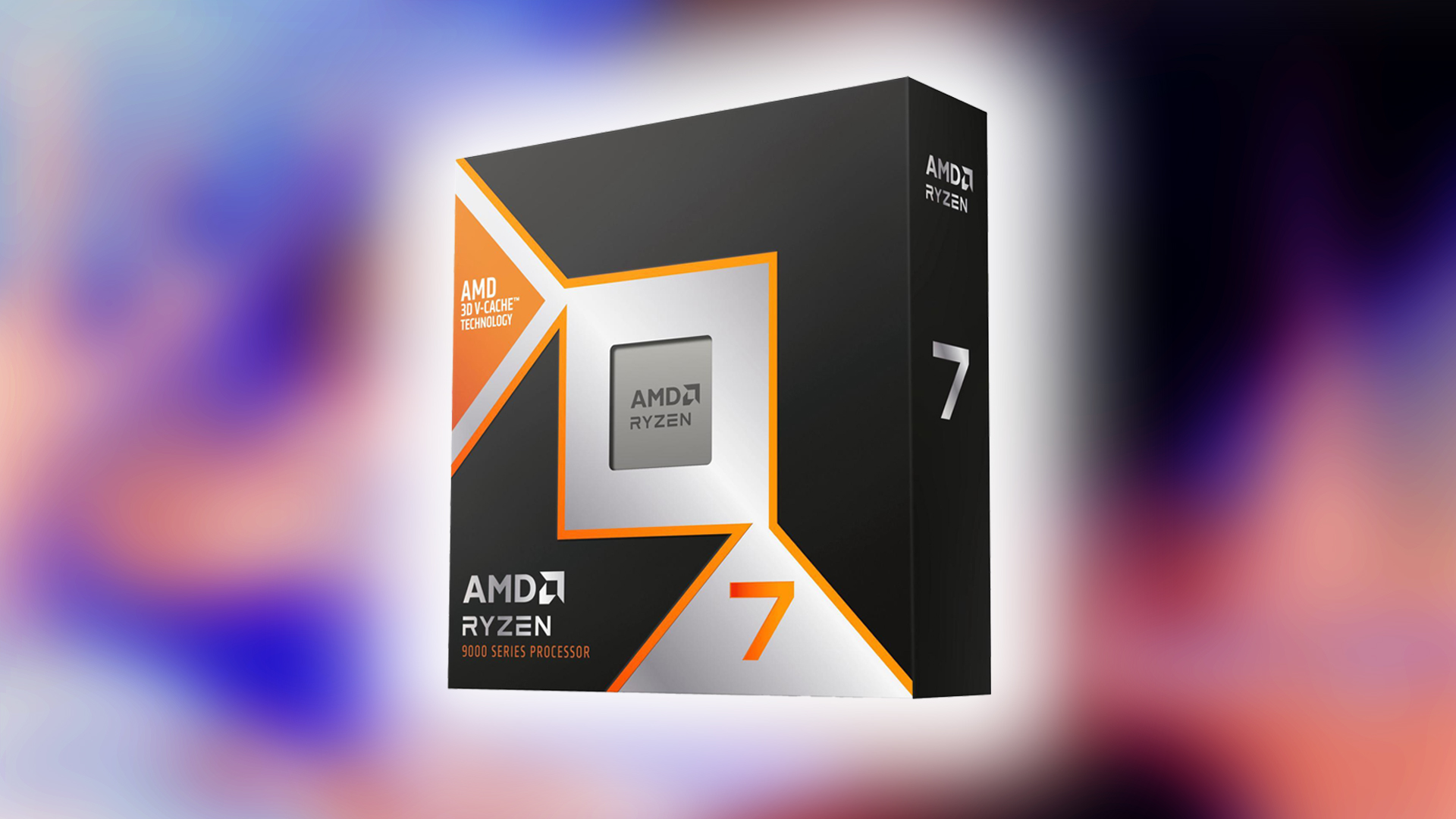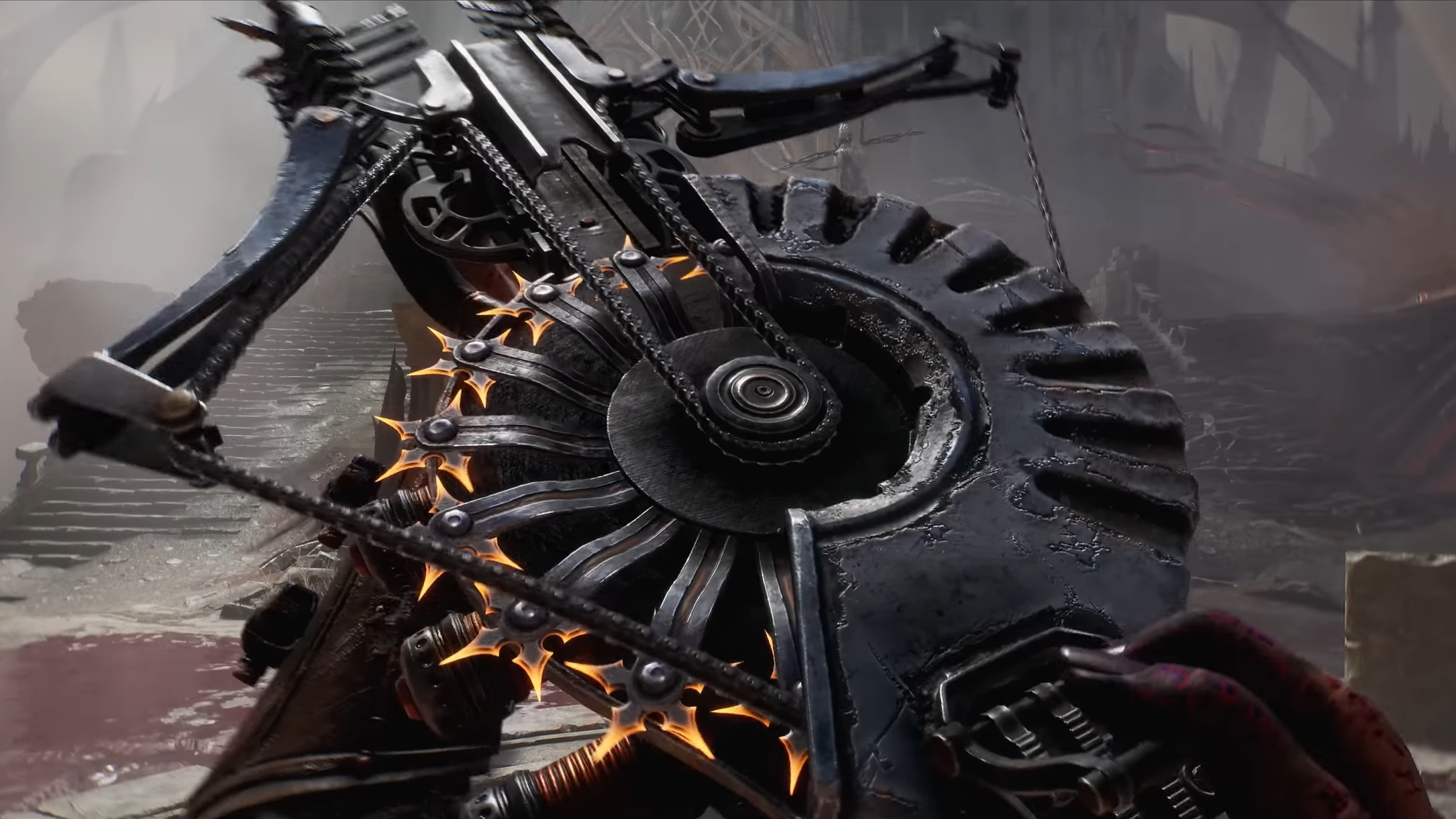DDR5-8000 sounds impressive, but for gaming, your RAM speed isn’t everything. Discover why speed alone shouldn’t be prioritized.

DDR5 is here to stay, and with that, motherboard vendors and brands continue to advertise high-frequency memory kits, including DDR5 8000 and beyond. Surprisingly, you can grab 8000 kits cheaply nowadays. But that’s purely in terms of speed; when considering their latency, well, that’s a different perspective. As for gaming, there is more than what meets the eye.
RAM Speed Performance Scaling

Running DDR5 at 8000 MHz can be a pretty impressive feat to show off to others and flaunt. In reality, this is now quite normal, as CPUs like the Intel Core Ultra 9, Ultra 7, and even the Ultra 5s can easily do it without breaking a sweat. Yes, had you achieved this with the 13th Gen or 14th Gen, it would have been an incredible achievement. Memory controllers within the CPU have evolved rapidly; even frequencies of 9000+ MHz are obtainable, but here’s the caveat. In gaming, both RAM bandwidth (speed) and latency affect performance, but they do so in different ways.
Increasing RAM speed boosts bandwidth, letting your CPU move more data per second. It is like widening an existing highway, allowing more cars to travel at once. However, latency refers to the time it takes for a single request to be answered; lower latency is more like finding a shortcut, allowing data to reach the CPU sooner. There are special scenarios where 8000+ can make a significant difference; it’s mostly related to 4K resolution. But for the majority of games and gaming in general, lower latency can sometimes matter more than raw bandwidth, especially in scenarios where the CPU needs to access a large number of memory addresses within the game simultaneously. We term this situation CPU-bound. Enthusiastic gamers on older platforms still prefer 4133+ DDR4 kits with tight timings over DDR5. Why? Because DDR4 outperforms DDR5 in terms of latency. Gaming performance typically stops benefiting significantly beyond DDR5-6400 or 6800. Past this, latency penalties and controller limitations negate the bandwidth gain.
Technical Limitations and Diminishing Returns
As mentioned earlier, hitting DDR5 8000 with 13th-gen or 14th-gen Intel CPUs was an accomplishment, right? This is because the IMC (memory controller) within the CPU requires an absurd amount of voltage to do it correctly. Over the generations, Intel has addressed this issue, and the new IMCs can easily hit it (Arrowlake).
There is a small caveat: back in the 11th generation (Rocket Lake) era, Intel introduced memory gearing mode, and to date, that technique remains in use. What it means is that your memory operates at one speed, while the controller operates at a different speed. The last CPU to run memory and IMC speeds at a 1:1 gear ratio natively was the legendary 10900K.
Moving to the present day, with AM5 and modern Intel CPUs, reaching 8000 means the memory is operating in Gear 2 mode. Meaning, the controller runs at half the speeds, going above 8000 requires Gear 4 mode, meaning the controller runs at even slower speeds. So, yeah, you’re hitting a high number, and instead of decreasing latency, it increases. Now, high bandwidth with higher numbers helps significantly in encoding videos, but has no use in gaming when latency increases. The goal is to increase speeds, along with tight timings, so that bandwidth increases and latency decreases. Buildzoid has an incredible guide on how to do this, based on the memory IC, and even how to recognize timings.
AMD’s MVP Moment

AMD approached this problem differently, as they were already latency-bound due to their chiplet architecture, which Intel’s 15th gen also employs. AMD introduced 3D V-cache technology with their Ryzen 5000 series. Regarding performance, there is a notable difference. For example, a 3D-Vcache CPU can outperform a normal CPU by 50-55% in the best cases. So, if you’re gaming, AMD wins here, as it displays higher numbers and averages directly on your screen.
Critics point out several pitfalls of 3D V-Cache, such as cache spillover, which, when combined with a chiplet architecture, can result in stuttering. And this is the reason that led to the term “AMDIP.” This issue is especially noticeable in open-world games. Previously, monolithic CPUs had the advantage in this area, but now Intel is experiencing similar problems with their chiplet-based designs, with 1% lows dropping significantly as a result.
Key Takeaways
In summary, aim for DDR5-6000 to 6400, as this range represents the actual sweet spot for gaming performance. By tightening timings down to CL26, you can reduce latency, significantly boost bandwidth, and potentially match or even surpass DDR4 in gaming, all while benefiting from DDR5’s higher throughput. This is why AMD recommends pairing their CPUs with 6000–6400 MT/s kits running at a 1:1 ratio. AMD’s engineers understand what delivers the best real-world results, and this advice applies across platforms. Achieving DDR5-6400 is pretty easy on modern systems. Learning to fine-tune memory subtimings can be challenging, but it’s extremely rewarding. Remember, gaming performance typically stops benefiting significantly beyond DDR5-6400 or 6800 in the best cases. Furthermore, latency penalties and controller limitations render the bandwidth gain irrelevant.
We provide the latest news and “How To’s” for Tech content. Meanwhile, you can check out the following articles related to PC GPUs, CPU and GPU comparisons, mobile phones, and more:
- 5 Best Air Coolers for CPUs in 2025
- ASUS TUF Gaming F16 Release Date, Specifications, Price, and More
- iPhone 16e vs iPhone SE (3rd Gen): Which One To Buy in 2025?
- Powerbeats Pro 2 vs AirPods Pro 2: Which One To Get in 2025
- RTX 5070 Ti vs. RTX 4070 Super: Specs, Price and More Compared
- Windows 11: How To Disable Lock Screen Widgets
 Reddit
Reddit
 Email
Email


